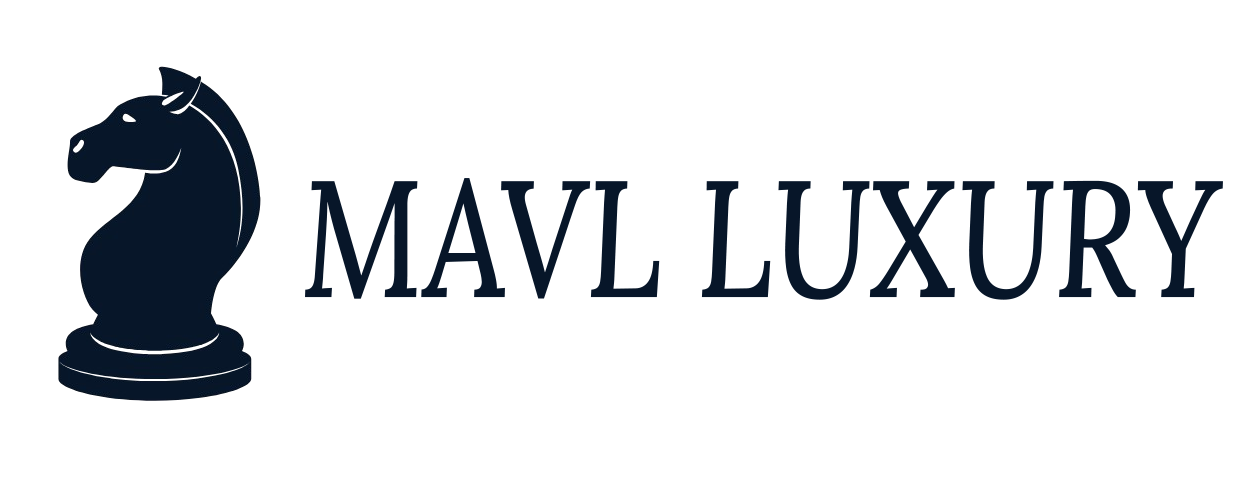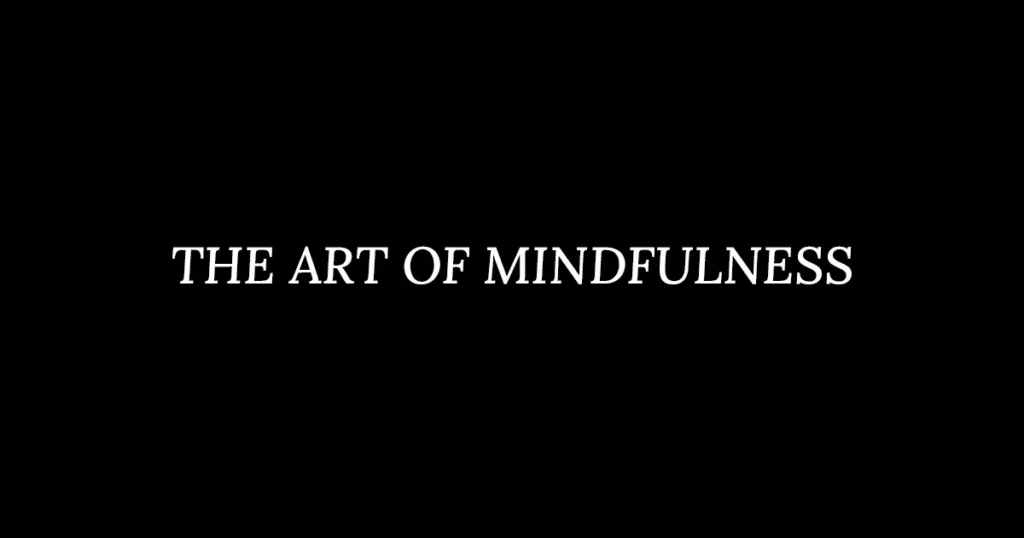5 Morning Habits to Boost Productivity and Happiness (Before 8 AM!)
“Starting your day early can lead to greater productivity and a more positive mindset an idea that remains valuable in our fast-paced world.” For busy professionals juggling deadlines, parents managing chaotic schedules, or anyone seeking to make the most of their time, mornings are more than just the start of the day they’re an opportunity to set the tone for success and well-being.
A structured morning routine isn’t about perfection; it’s about creating intentional habits that align with your goals and values. Science shows us that how we begin our day has a profound impact on everything from focus and energy levels to mood and overall happiness. By incorporating just five simple, research-backed practices into your mornings, you can transform not only how you feel but also what you achieve throughout the day.
Whether you’re looking to boost productivity, find moments of joy amidst life’s chaos, or simply create space for yourself before the demands of the day take over, these strategies will empower you to seize each morning with purpose. Let’s explore how small changes in your a.m. habits can lead to big rewards in both personal fulfillment and professional success.
Habit 1: Rise Early and Hydrate (6:30–6:40 AM)
Unlock mental clarity, metabolic efficiency, and focus with this foundational morning ritual.
Why It Works
- Circadian Rhythm Alignment
- Waking at 6:30 AM syncs with the body’s natural cortisol awakening response (CAR), a surge in cortisol that boosts alertness and prepares you for the day. This hormonal peak occurs ~30 minutes after waking, making early mornings ideal for focused work.
- Exposure to natural light (e.g., opening curtains) reinforces your circadian rhythm, improving sleep quality over time.
- Hydration’s Multifaceted Benefits
- After 7–9 hours of sleep, your body is dehydrated. Rehydrating immediately:
- Boosts metabolism by 10–20% (studies show cold water enhances this effect).
- Flushes toxins via kidneys and supports cellular function.
- Improves cognitive performance (dehydration as low as 2% impairs focus and mood).
- Lemon adds vitamin C (supports immunity), aids digestion (citric acid stimulates stomach enzymes), and alkalizes the body.
- After 7–9 hours of sleep, your body is dehydrated. Rehydrating immediately:
- Uninterrupted Productivity Window
- Early mornings offer quiet time for deep work, meditation, or planning. Research shows “early risers” are more proactive, disciplined, and less prone to decision fatigue.
How to Implement
Step 1: Rise Early (6:30 AM)
- Sleep Preparation:
- Aim for 7–9 hours of sleep. Use a consistent bedtime (e.g., 10:00 PM for 6:30 AM wake-up).
- Avoid blue light 1–2 hours before bed (use blue-light-blocking glasses or dim warm lights).
- Alarm Strategy:
- Place your alarm across the room to force you out of bed.
- Use gradual sunrise alarm clocks to wake gently.
Step 2: Hydrate Immediately (6:30–6:40 AM)
- Water Protocol:
- Drink 500ml (1–2 glasses) of water within 10 minutes of waking.
- Temperature Options:
- Room temperature: Easier on the digestive system.
- Warm water with lemon: Enhances gut motility and detoxification.
- Cold water: Slightly boosts metabolism.
- Alternatives: Add a pinch of Himalayan salt for electrolytes or a splash of apple cider vinegar for gut health.
- Avoid Screens:
- Blue light suppresses melatonin (sleep hormone) and disrupts cortisol rhythms. Wait 30–60 minutes before checking devices.
- Instead, use this time for stretching, journaling, or light movement (e.g., yoga).
Pro Tips & Customization
- Prep the Night Before:
- Fill a glass or insulated bottle (e.g., copper or glass) with filtered water and add lemon slices. Store it by your bedside.
- Use a marked water bottle to track intake (e.g., 500ml line).
- Enhance the Ritual:
- Add a drop of peppermint essential oil to water for an energizing effect.
- Pair hydration with 5 minutes of deep breathing or gratitude journaling.
- Troubleshooting:
- Not a morning person? Slowly shift your wake-up time by setting your alarm 15 minutes earlier each day.
- Forget to hydrate? Set a phone reminder (but avoid screen exposure use a physical sticky note instead).
- Lemon dislike? Try cucumber, mint, or a dash of cinnamon for flavor.
The Science of Success
- A 2020 study in Nature Communications found early risers have higher conscientiousness and lower stress levels.
- Hydration boosts brain function: Even mild dehydration reduces concentration, memory, and mood (University of Connecticut).
Sample Morning Flow
- 6:30 AM: Wake up, drink water with lemon.
- 6:35 AM: Gentle stretching or 5 minutes of meditation.
- 6:40 AM: Plan your top 3 priorities for the day.
By mastering this habit, you’ll prime your body for energy, focus, and resilience setting the stage for a purposeful day.
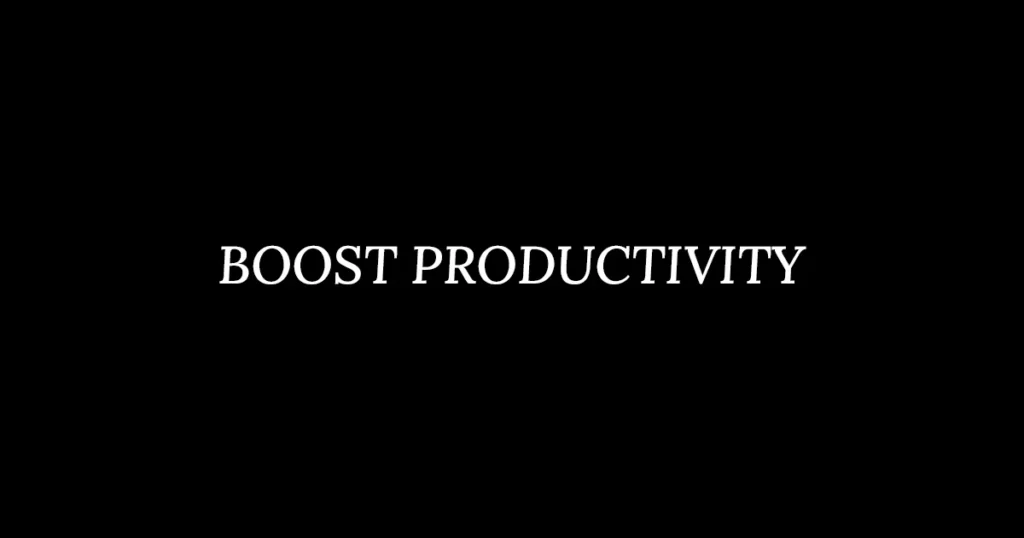
Habit 2: Move Your Body (6:40–7:00 AM)
Unlock energy, focus, and resilience with a morning movement ritual.
Why It Works
- Neurochemical Boost:
- Exercise triggers the release of endorphins (natural painkillers and mood elevators) and serotonin (the “happiness hormone”), which combat stress and fatigue.
- BDNF (Brain-Derived Neurotrophic Factor) is also released, promoting brain cell growth and improving cognitive function.
- Enhanced Mental Clarity:
- Increased blood flow to the prefrontal cortex (responsible for decision-making and focus) sharpens your ability to prioritize tasks.
- Studies show aerobic exercise boosts creative thinking by up to 60% by stimulating divergent thinking pathways.
- Metabolic Ignition:
- Morning movement activates your metabolism, improving insulin sensitivity and regulating blood sugar levels for steady energy.
- A 15-minute workout can increase calorie burn for hours post-exercise (the “afterburn effect”).
- Emotional Resilience:
- Physical activity reduces cortisol (stress hormone) levels, helping you approach challenges with calmness.
- Builds discipline: Starting the day with a goal achieved fosters a “can-do” mindset.
How to Implement
Step 1: Choose Your Movement (15 Minutes)
- Low-Intensity Options:
- Yoga Flow: Sun salutations (5 rounds), cat-cow stretches, and warrior poses to awaken muscles.
- Tai Chi/Qi Gong: Slow, deliberate movements to balance energy and improve balance.
- Leisurely Walk: Pair with a podcast or gratitude practice for mental synergy.
- Moderate-Intensity Options:
- Brisk Walk/Jog: Aim for 1.5–2 mph (walk) or 4–5 mph (jog) to elevate heart rate.
- Dance Party: Play upbeat music and move freely no choreography required!
- High-Intensity Options (for advanced):
- HIIT Circuit: 45 seconds of effort (e.g., burpees, mountain climbers) + 15 seconds rest, repeated 5x.
- Bodyweight Strength: Squats, push-ups (modified if needed), planks (30–60 seconds), and lunges.
Step 2: Adjust for Your Lifestyle
- Beginners: Start with 5–10 minutes of gentle stretching or walking. Gradually increase duration.
- Injuries/limitations: Opt for seated exercises, swimming, or chair yoga.
- Time-Crunched: Combine movements (e.g., squats while brushing teeth).
Step 3: Create a Seamless Routine
- Night-Before Prep:
- Lay out clothes, shoes, and gear (e.g., yoga mat, resistance bands).
- Set a dedicated workout space (e.g., clear a corner of your bedroom).
- Alarm Strategy: Place your phone/alarm across the room to force you out of bed.
- Accountability: Track workouts in a journal or app (e.g., Streaks, Nike Training Club).
Pro Tips for Success
- Hydrate First: Drink 8 oz of water upon waking to kickstart metabolism.
- Pair with Purpose: Listen to an inspiring podcast or visualize your day’s goals during movement.
- Cool Down & Reflect: Spend 2–3 minutes stretching post-workout and jot down one intention for the day.
- Adapt, Don’t Skip: If time is tight, do 5 minutes of jumping jacks or a 10-minute walk consistency matters more than duration.
The Science of Small Wins
A 2019 study in JAMA Psychiatry found that even 10–15 minutes of daily exercise significantly reduces depression and anxiety. Similarly, a Harvard T.H. Chan School of Public Health report highlights that morning exercisers are 23% more likely to stick to a routine long-term.
By dedicating this short window to movement, you’re not just working your body you’re training your brain to embrace challenges, prioritize self-care, and harness momentum for the hours ahead.
Remember: Progress, not perfection. Even a 5-minute stretch is a victory over inertia.
Habit 3: Practice Mindfulness (7:00–7:10 AM)
Why It Works
Mindfulness is a scientifically backed practice that transforms how you engage with your thoughts, emotions, and environment. Here’s a deeper look at its benefits:
- Reduces Stress & Boosts Resilience
- Mindfulness activates the parasympathetic nervous system (the “rest and digest” response), lowering cortisol levels and counteracting the body’s stress response.
- Studies show regular practice shrinks the amygdala (the brain’s fear center) and strengthens the prefrontal cortex (responsible for decision-making and emotional regulation).
- Over time, this builds emotional resilience , helping you respond calmly to challenges instead of reacting impulsively.
- Sharpens Focus & Mental Clarity
- By training your brain to anchor in the present moment, mindfulness reduces mind-wandering and rumination , which are linked to fatigue and distraction.
- A 2020 study in Nature found that just 10 minutes of daily mindfulness improves attention span and working memory, reducing decision fatigue later in the day.
- Enhances Self-Awareness
- Mindfulness helps you recognize unhelpful thought patterns (e.g., catastrophizing, self-criticism) and interrupt them before they escalate.
How to Implement: A Step-by-Step Guide
1. Choose Your Practice (5–10 Minutes):
- Meditation :
- Sit in a relaxed position, close your eyes, and pay attention to your breathing. If your thoughts start to drift, calmly bring your focus back to your breath.
- Try variations: Body scan (mentally scan from head to toe), loving-kindness (silently wish well for yourself/others), or mantra meditation (repeat a calming word/phrase).
- Deep Breathing :
- Try box breathing : Inhale for 4 seconds → Hold for 4 → Exhale for 4 → Hold for 4. Repeat 5x.
- Gratitude Journaling :
- Write 3 things you’re grateful for (e.g., “I’m thankful for my morning coffee ritual” or “a supportive friend”). Be specific to deepen emotional connection.
2. Use Tools for Guidance:
- Apps like Headspace , Calm , or Insight Timer offer short, themed sessions (e.g., “Stress Relief” or “Focus”).
- YouTube channels like The Honest Guys provide free guided meditations.
3. Create a Ritual:
- Pair mindfulness with a sensory experience to reinforce consistency:
- Mindful Tea/ Coffee : Sip slowly, noticing the aroma, warmth, and taste. Observe the steam rising or the sound of your first sip.
- Soundtrack Your Practice : Play calming music or nature sounds (e.g., rain, ocean waves) to signal your brain it’s time to unwind.
4. Start Small & Build Consistency:
- If 10 minutes feels daunting, begin with 3–5 minutes and gradually increase. Consistency matters more than duration.
Pro Tips for Success
- Set a Gentle Alarm : Use a soft chime or bell to avoid jarring yourself out of the practice.
- Anchor It to an Existing Habit : Roll into mindfulness right after brushing your teeth or brewing coffee to make it stick.
- Embrace Imperfection : It’s normal for your mind to wander this is part of the practice. Gently refocus without judgment.
Sample Morning Routine (7:00–7:10 AM):
- 7:00–7:02 : Prepare your space (light a candle, sit by a window, or play soft music).
- 7:02–7:05 : Practice box breathing or a guided meditation.
- 7:05–7:08 : Sip tea mindfully, observing its sensory details.
- 7:08–7:10 : Jot down 3 gratitudes or reflect on your intentions for the day.
Long-Term Benefits
- Week 1–2 : Notice reduced morning grogginess and improved mood.
- Month 1 : Better emotional regulation and focus during work.
- Month 3+ : Enhanced resilience to stress and a greater sense of inner calm.
By dedicating these 10 minutes, you’re not just checking a box you’re training your brain to prioritize clarity and intentionality, setting a powerful tone for the hours ahead.
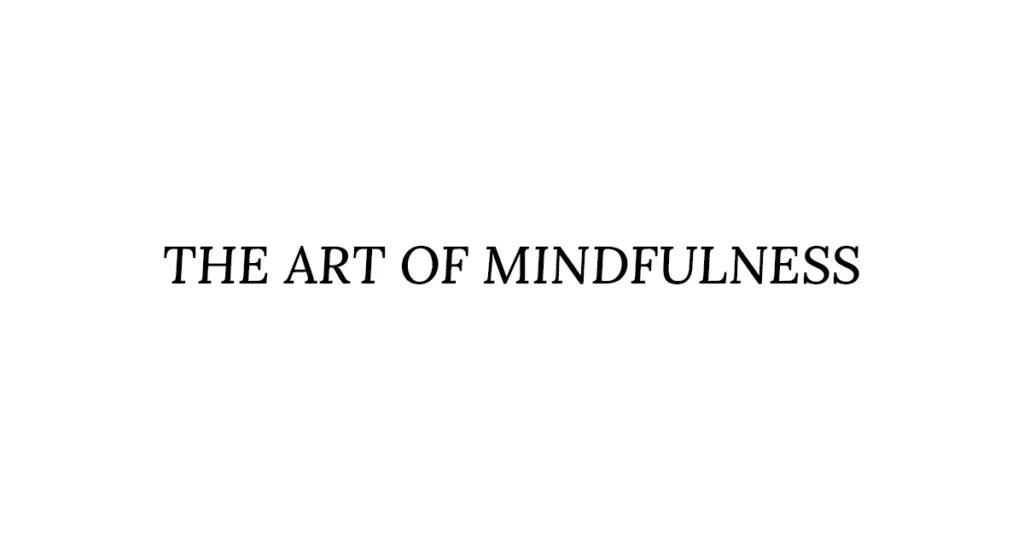
Habit 4: Set Intentions & Prioritize Tasks (7:10–7:20 AM)
This 10-minute ritual is a strategic anchor for your day, combining mindfulness with actionable planning. By dedicating time to clarify priorities, you create a roadmap that minimizes distractions and maximizes progress toward meaningful outcomes. Here’s a deeper dive into why it works and how to master it:
Why It Works
- Clarity Reduces Cognitive Overload
The brain can only hold 3–4 items in working memory at once. Writing tasks down transfers them from your mind to paper, freeing mental bandwidth. This reduces decision fatigue and the paralysis of “what to do next.”- Example : Instead of worrying about a project deadline all morning, writing it down as Task #1 lets your brain focus on execution, not rumination.
- Bridges Short-Term Actions and Long-Term Vision
Daily tasks are rarely isolated they’re stepping stones toward larger goals. By explicitly linking them (e.g., “Email 10 clients” → “Grow sales by 20% this quarter”), you reinforce motivation and avoid losing sight of the bigger picture.- Psychological Edge : Aligning actions with purpose triggers a sense of progress, which boosts dopamine and sustains momentum.
- Prevents Procrastination
The act of prioritization forces you to confront avoidance behaviors. When you label a task as “most important,” you’re less likely to delay it.
How to Implement: A Step-by-Step Guide
Step 1: The Ivy Lee Method – Laser-Focus on 3 Tasks (7:10–7:15 AM)
- How :
- Ask: “What three tasks will have the greatest impact on my day if completed today?”
- Rank them by urgency and importance. The top priority must be an absolute necessity, such as meeting a crucial deadline or resolving an urgent issue.
- Write them down in a visible place (e.g., planner, whiteboard, or digital app like Todoist).
- Why Three? :
Studies show that humans overestimate what they can accomplish in a day. Limiting yourself to three tasks ensures quality over quantity. - Example Breakdown :
- Task 1 : Finish client proposal (urgent + impacts income).
- Task 2 : Research competitors for strategy meeting (important for long-term growth).
- Task 3 : Draft team feedback email (maintains relationships).
Step 2: Eisenhower Matrix – Categorize Tasks (7:15–7:20 AM)
Use this framework to audit your to-do list and eliminate time-wasters:
- Urgent + Important (Do Now) :
- Crises, deadlines, or high-stakes opportunities.
- Action : Tackle immediately (e.g., “Fix website outage”).
- Important, Not Urgent (Schedule) :
- Strategic work (e.g., skill-building, planning).
- Action : Block time later today or this week.
- Urgent, Not Important (Delegate) :
- Interruptions, some emails, or minor requests.
- Action : Ask, “Can someone else do this?” (e.g., delegate data entry to an intern).
- Neither (Delete) :
- Busywork, trivial tasks, or distractions.
- Action : Eliminate or batch at low-energy times.
- Pro Tip : Use color-coding in a notebook or app (e.g., red = urgent, blue = important) for quick visual sorting.
Advanced Strategies
- Time-Blocking : Assign specific time slots to your top 3 tasks (e.g., 9–11 AM for Task 1). This combats “priority dilution” from reactive tasks.
- The “2-Minute Rule” : If a task takes <2 minutes, do it immediately (e.g., replying to a quick email). This prevents small tasks from cluttering your list.
- Reassess Midday : Spend 2 minutes at lunch to adjust priorities if unexpected urgencies arise.
Tips for Success
- Bedside Notebook Hack :
- Before Bed : Jot down lingering thoughts or tomorrow’s priorities to “empty your brain” for better sleep.
- Upon Waking : Review notes to prime your focus.
- Digital Tools :
- Use apps like Notion (for Eisenhower templates) or Trello (for visual task boards).
- Set phone reminders for your top 3 tasks.
- Mindset Shift :
- Treat prioritization as a skill , not a one-time act. Reflect weekly: “Did my tasks align with my goals? What distractions derailed me?”
Common Pitfalls & Fixes
- Overloading Your List :
- Fix : Ruthlessly ask, “Is this task tied to my core goals?” If not, delete or defer.
- Ignoring “Important, Not Urgent” Tasks :
- Fix : Schedule recurring time blocks for these (e.g., every Tuesday morning for strategic planning).
- Letting Urgent ≠ Important Tasks Dominate :
- Fix : Learn to say “no” or delegate. Practice scripts like, “I’ll circle back to this after my priorities.”
Sample Morning Routine (7:10–7:20 AM)
- 7:10–7:12 : Review yesterday’s notes + jot down “fresh” ideas.
- 7:12–7:15 : Ivy Lee Method – write 3 tasks.
- 7:15–7:18 : Eisenhower Matrix – categorize tasks.
- 7:18–7:20 : Visualize success (“How will I feel after completing Task 1?”).
By refining this habit, you’ll transform intention into action, turning vague aspirations into measurable progress. Remember: Productivity isn’t about doing more it’s about doing what matters .
Habit 5: Nourish with a Balanced Breakfast (7:20–7:40 AM)
Fuel your body and mind with intention to optimize energy, focus, and resilience.
Why It Works: The Science Behind the Ritual
- Brain Function & Cognitive Performance
- The brain primarily depends on glucose for its energy supply. A balanced breakfast ensures a steady supply of glucose, enhancing concentration, memory, and decision-making. Studies show that children and adults who eat breakfast perform better on cognitive tasks than those who skip it.
- Protein-rich foods (e.g., eggs, yogurt) boost dopamine and norepinephrine production, neurotransmitters linked to alertness and motivation.
- Mood Stabilization
- Blood sugar fluctuations from sugary or carb-heavy meals trigger irritability, fatigue, and brain fog. Pairing complex carbs with protein and fats slows digestion, maintaining stable blood sugar levels and preventing mood swings.
- Omega-3s (found in walnuts, chia seeds) and magnesium (in spinach, avocado) support serotonin production, promoting calmness and emotional balance.
- Metabolic & Hormonal Benefits
- Breakfast kickstarts your metabolism after fasting overnight, signaling your body to shift from fat-storage to energy-burning mode.
- Fiber (e.g., oats, fruits) improves gut health and insulin sensitivity, reducing cravings for unhealthy snacks later in the day.
- Sustained Energy
- Healthy fats (e.g., avocado, nut butter) provide a slow-burning energy source, while protein (e.g., Greek yogurt, eggs) preserves muscle mass and prolongs satiety.
How to Implement: A Step-by-Step Guide
1. Design Your Plate with Precision
Aim for a mix of protein, fiber, and healthy fats in every bite. Here’s how:
- Protein (20–30g): Greek yogurt, cottage cheese, eggs, tofu, smoked salmon, or plant-based protein powder.
- Fiber (5–10g): Oats, quinoa, chia seeds, flaxseeds, berries, spinach, or whole-grain toast.
- Healthy Fats (10–15g): Avocado, nuts, seeds, olive oil, or nut butter.
Example Combinations:
- Option 1: Scrambled eggs with spinach + avocado toast (whole-grain) + a handful of blueberries.
- Option 2: Greek yogurt parfait with granola, mixed berries, and a sprinkle of almonds.
- Option 3: Smoothie with spinach, frozen mango, protein powder, chia seeds, and almond milk.
2. Streamline Your Routine
- Prep Ahead:
- Overnight oats: Combine rolled oats, almond milk, chia seeds, and toppings (e.g., banana, peanut butter) in a jar. Refrigerate overnight.
- Smoothie packs: Pre-portion frozen fruit, greens, and protein powder in freezer bags.
- Hard-boiled eggs: Cook a batch weekly for a grab-and-go option.
- Batch Cook: Make a large frittata or baked oatmeal on Sunday for weekday meals.
3. Adjust for Dietary Needs
- Vegan: Swap dairy for plant-based yogurt, tofu scramble, or tempeh.
- Gluten-free: Use gluten-free oats, quinoa, or certified GF bread.
- Low-carb: Opt for eggs, avocado, and spinach; skip grains.
Pro Tips for Success
- Hydrate First: Start with 1–2 glasses of water or lemon water to rehydrate after sleep.
- Time Management:
- Set out ingredients/utensils the night before.
- Use a timer to keep breakfast within the 20–30 minute window (e.g., 7:20–7:40 AM).
- Mindful Eating: Sit down, avoid screens, and savor each bite to enhance digestion and satisfaction.
- Adjust Portions:
- Light appetite? Try a smaller meal (e.g., a piece of fruit + a boiled egg).
- Post-workout? Add a banana or extra protein for recovery.
Troubleshooting Common Challenges
- “I’m not hungry in the morning”: Start small (e.g., a green smoothie or a handful of nuts) and gradually train your body to expect food.
- “No time?”: Prep portable options (e.g., overnight oats, protein bars) or eat in stages (e.g., yogurt + fruit at 7:20 AM, then nuts at 8:00 AM).
- “Bored of the same meals”: Rotate 3–4 breakfast templates weekly (e.g., smoothies, eggs, oats, chia pudding).
Sample Weekly Breakfast Plan
| Day | Meal |
|---|---|
| Monday | Avocado toast + poached egg + berries |
| Tuesday | Greek yogurt parfait with granola |
| Wednesday | Spinach-turkey omelet + whole-grain toast |
| Thursday | Green smoothie + chia pudding |
| Friday | Overnight oats with peanut butter |
| Saturday | Shakshuka (poached eggs in tomato sauce) |
| Sunday | Baked oatmeal with apples and walnuts |
The Long-Term Payoff
Consistency with a balanced breakfast trains your body to:
- Regulate hunger hormones (leptin/ghrelin), reducing overeating later.
- Support immune function through nutrient-dense foods (vitamin C, zinc, antioxidants).
- Build resilience against stress by stabilizing cortisol levels.
By dedicating this time to nourish yourself, you’re not just eating you’re investing in a sharper mind, steadier energy, and a healthier relationship with food.
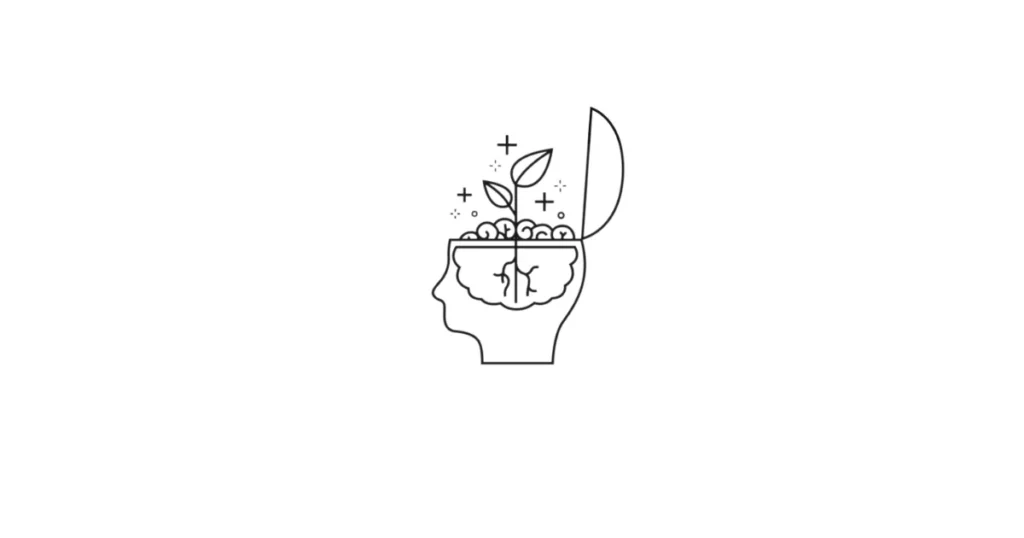
Conclusion
By embracing intentional morning habits whether it’s hydrating first thing, moving your body, practicing gratitude, or fueling yourself with a nourishing breakfast you spark a domino effect of positivity that transforms your entire day. These small, mindful choices set the tone for clarity, energy, and resilience, creating a ripple that extends far beyond those early hours.
Start small, dream big. You don’t need to overhaul your routine overnight. Pick 1–2 habits that resonate most, and commit to them consistently. Over time, these rituals will become second nature, paving the way for even more growth and joy. Remember, progress not perfection is the goal.
for more visit Mavlluxury
